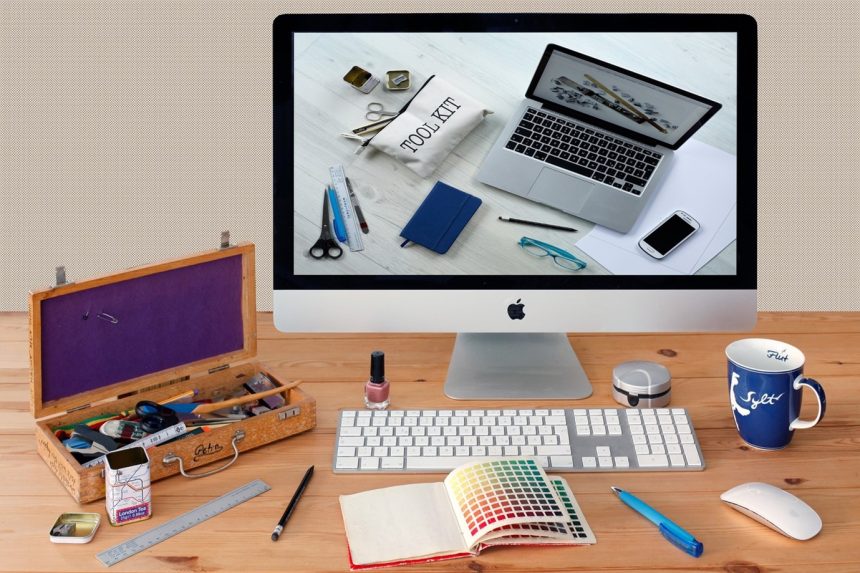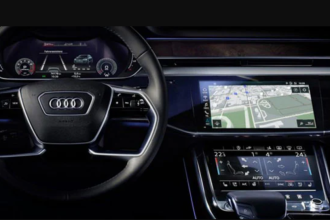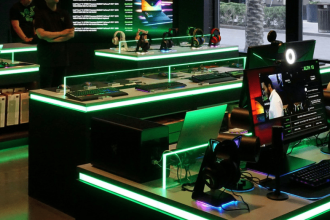In the beginning
Before Apple Mac came to the market, there were companies that made computers and companies that made software for those PCs. Most computers did not even have an operating system we could recognize today but random strings of numbers on start-up. Apple changed everything by creating computers with bespoke software and a user-friendly interface.
What is vertical integration?
Apple is now the prime example of a company that is vertically integrated. It offers users everything from mobile devices to desktop computers, from entry-level products to state-of-the-art design suite hardware. In addition, there is software or an app for everything.
You can watch Apple TV and listen to Apple Music and Podcasts. The iPhone camera is of the highest quality. Apple Pay has myriad uses, from paying for goods in a high street store to paying for games at the App Store or making a deposit at an online casino. In the world of work, Mac has always led the way in desktop publishing. Now there are amazing film, music, and photographic editing tools too. In addition, Macs can run various word-processing programs, spreadsheets, and presentation packages. It is hard to contemplate what resources are unavailable for your Apple device.
Apple started a revolution
However, it was not always like this. In the early days, for example, it was not possible to run Microsoft Office on a Mac. Mac hardware had a fantastic user feel, but it was virtually impossible to integrate Macs and PCs onto the same network. Macs were regarded as work equipment for designers, and PCs were the machines for office and technical operators.
It was not by accident that Apple Macs were the go-to choice for the design industry. In the earliest days, the founders Steve Jobs and Steve Wozniak had signed a deal with a little-known company called Adobe. The combination of Apple hardware and Adobe’s software suite brought about the revolution we now know as desktop publishing.
Early Apple machines were not even sold with a keyboard, monitor, or mouse. The vision was that people could have a computer small enough to have in their homes. The founders wanted to create a user-friendly computer. Wozniak left Apple in 1983 as he was not interested in the day-to-day running of the company. Jobs hired ex-PepsiCo John Sculley as president. Jobs left Apple in 1985 and went on to found NeXT software, and he bought Pixar from George Lucas.
Changing fortunes
While Apple was still making money, it started to lose its way. Sculley had turned down an offer from Microsoft founder Bill Gates to license its software. When Microsoft launched the Windows operating system for PCs, its graphical interface was similar but not as good as Apple’s. However, it became their toughest competition throughout the 1990s. By 1996 the general feeling was that Apple was doomed.
However, Apple needed a new operating system and bought out NeXT Software. Jobs returned as interim CEO in 1997. With Jobs came a new vision for the company. He made a memorable speech to launch Apple back into the world and establish it as the brand for dreamers and creators. Jobs brought aspiration back to Apple. He also refocused on creating user-friendly products to fulfill our every need. He built an alliance with Microsoft, which created a Mac version of its office software and then introduced the iBook (a personal laptop) and the iPod.
Not just new hardware
The iPod transformed how we listen to music. It could hold up to one thousand MP3 files. However, it was not just about hardware. With the iPod came Apple’s Music Store, where MP3 tracks could be bought and legally downloaded. Everyone had access to a digital music library to listen to on the go. This was a considerable advance from the personal CD players we had been lugging around with us!
However, the most significant game changer was the iPhone – a touchscreen cell phone. Launched in 2007, it remains one of the world’s most successful products. However, as with all great Apple products, it was not the phone that was the star. Yes, it had a great camera, and the touch screen was awe-inspiring, but it was what you could do with an iPhone that was really amazing.
With the iPhone came apps. Apps allowed us to do all kinds of things on the go that we had previously only been able to do on desktop devices. All of these could be accessed from the App Store. Apple made it possible for us to buy things through our phones without having to get out our payment cards. Their Apple Pay software stored all our details securely in the Wallet and allowed us to pay from there. The iPhone made plastic cards and paper travel tickets redundant.
Apple has a service to help us with every area of our lives. The inbuilt health app on our Apple devices keeps track of our steps and allows us to monitor our health and weight. Apple TV is a streaming service and original content creator. Apple News keeps us up to date with what is happening in the world, while Apple Maps helps us get to where we need to be going.
A lasting legacy
None of this seems so unusual now, and Android and Google device integration have followed where Apple led. Steve Jobs may no longer be with us, but his legacy lives on.














